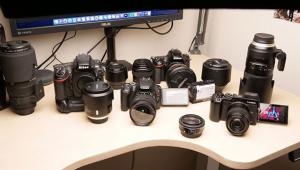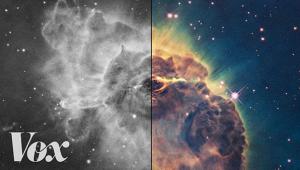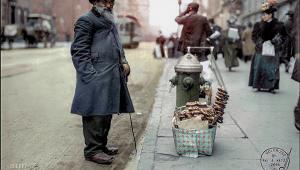Are Full-Frame Sensors That Much Better Than Micro Four Thirds? The Answer May Surprise You (VIDEO)

Micro Four Thirds (MFT) cameras have a devoted following because of their compact size, a wide variety of available system accessories, and the versatility they offer by letting you use older manual focus lenses with an adapter. That said, these interchangeable lens cameras are often criticized because their sensors are so much smaller than those in full-frame and APS-C cameras.

So is bigger really that much better? Photographer James Popsys explored this question in the video below, and his results may surprise you. Popsys’ comparison between a full-frame Nikon D750 DSLR and a Panasonic Lumix G80 MFT camera isn’t a scientific analysis, but’s it’s interesting nonetheless.

Popsys admits his “test” is flawed, because the Nikon D750 is a 24MP camera while the Lumix G80 has a 16MP sensor. Plus, two different lenses were used for the comparison. To compensate for the different aspect ratios of the Nikon and Panasonic cameras, Popsys did his best to compose the same basic shot with each camera.

So given all the variables involved, what exactly is the point? Using the rather mysterious theory of “equivalence,” Popsys concluded that while full-frame cameras beat MFT hands down under low-light conditions, when light levels are good there is very little differences in results.
And speaking of full-frame cameras, we were recently in Oregon shooting with the new 47.5MP Nikon D850, so check out our first impressions from day one and day two.
















































